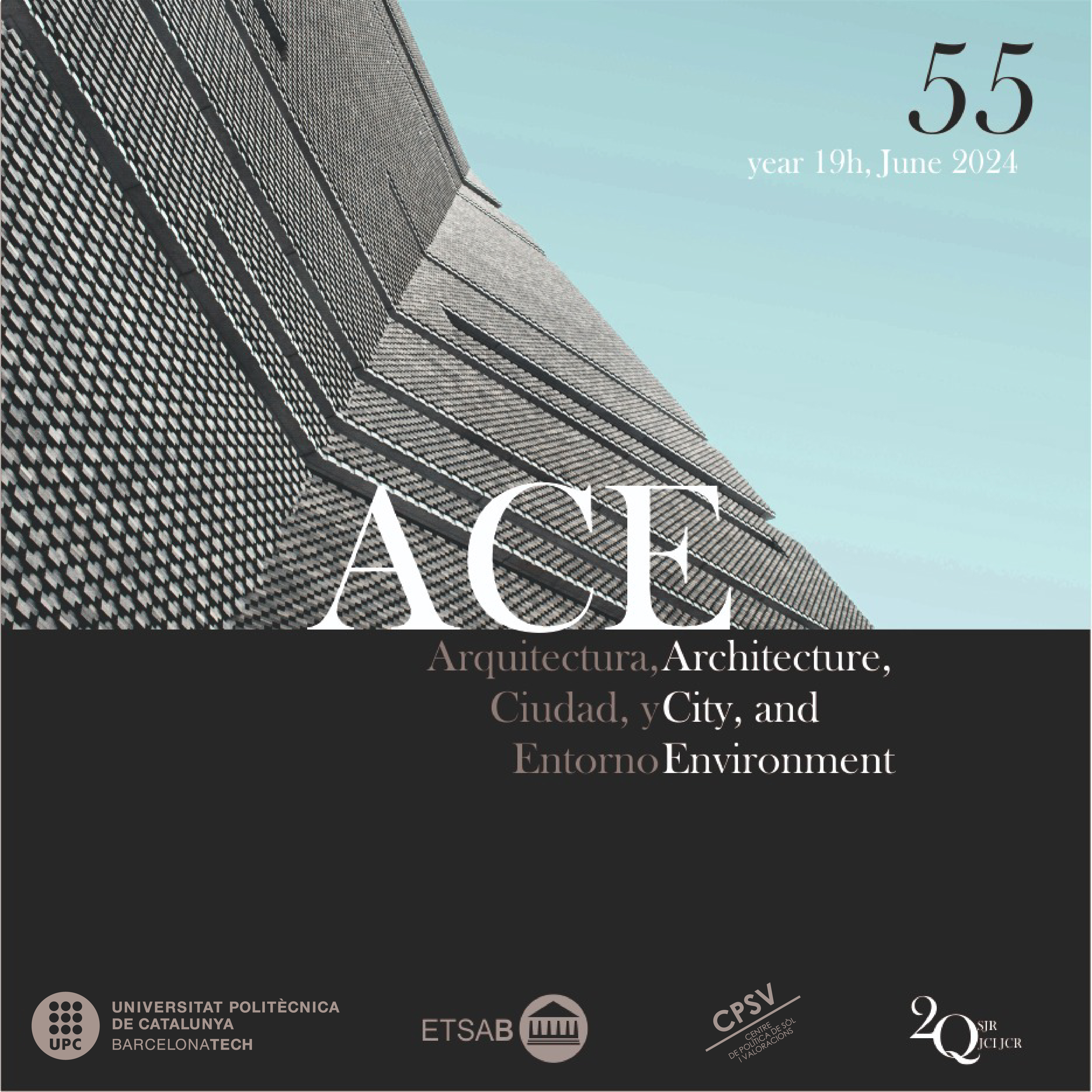Methodological Advances in Heritage Accessibility: Application to the Residential Architecture of the Modern Movement
DOI:
https://doi.org/10.5821/ace.19.55.12435Keywords:
modern heritage, housing state, universal design, inclusive designAbstract
Enabling universal accessibility to cultural assets is imperative for fostering a more just and egalitarian development. In line with this principle, this contribution outlines the intervention methodology for architectural heritage developed by the Andalusian Institute of Historical Heritage since its inception. This methodology has been re-examined to integrate universal accessibility considerations. This updated approach facilitates the identification of primary challenges associated with providing physical, sensory, or cognitive accessibility to built heritage, and to incorporate, from the proposal of action lines to be included in the intervention projects, the evaluation of the impact on cultural values. This proposal is formulated with a commitment to preserving heritage values, in full support of the social function of heritage, and ensuring that accessibility enhancements do not compromise the integrity of a heritage site. The application of this methodology is demonstrated in the context of 20th-century residential architecture, a heritage category that poses unique challenges. Special emphasis is placed on the Nuestra Señora del Carmen residential complex in Seville (1955-58), acknowledged for its cultural significance in the Iberian DOCOMOMO Register. A notable innovation in this research project is the incorporation of participatory processes through workshops. This experience marks the transition from the conservation of historical and cultural heritage to the conservation of modern heritage, by means of implementing methods to make heritage inclusive.
Downloads
Published
Issue
Section
License
| INTELECTUAL PROTECTION CRITERIA |
At this moment, it is count with the "Oficina Española de Patentes y Marcas", while global protection it is being processed by the World Intelectual Property Organization (OMPI/WIPO). Nevertheless the International Standard Serial Number Office (ISSN) has given the following numbers ISSN: 1886-4805 (electronic version) and 1887-7052 (paper version). All articles will be peer reviewed, using double blind reviewing. |
| COPYRIGHT |
The article contents and their comments are authors exclusive liability, and do not reflect necessarily the journal editor commitee's opinion. All ACE published works are subject to the following licence CC BY-NC-ND 3.0 ES http://creativecommons.org/licenses/by-nc-nd/3.0/es/ It implies that authors do not hold nor retain the copyright without restrictions but only those included in the licence. |





































